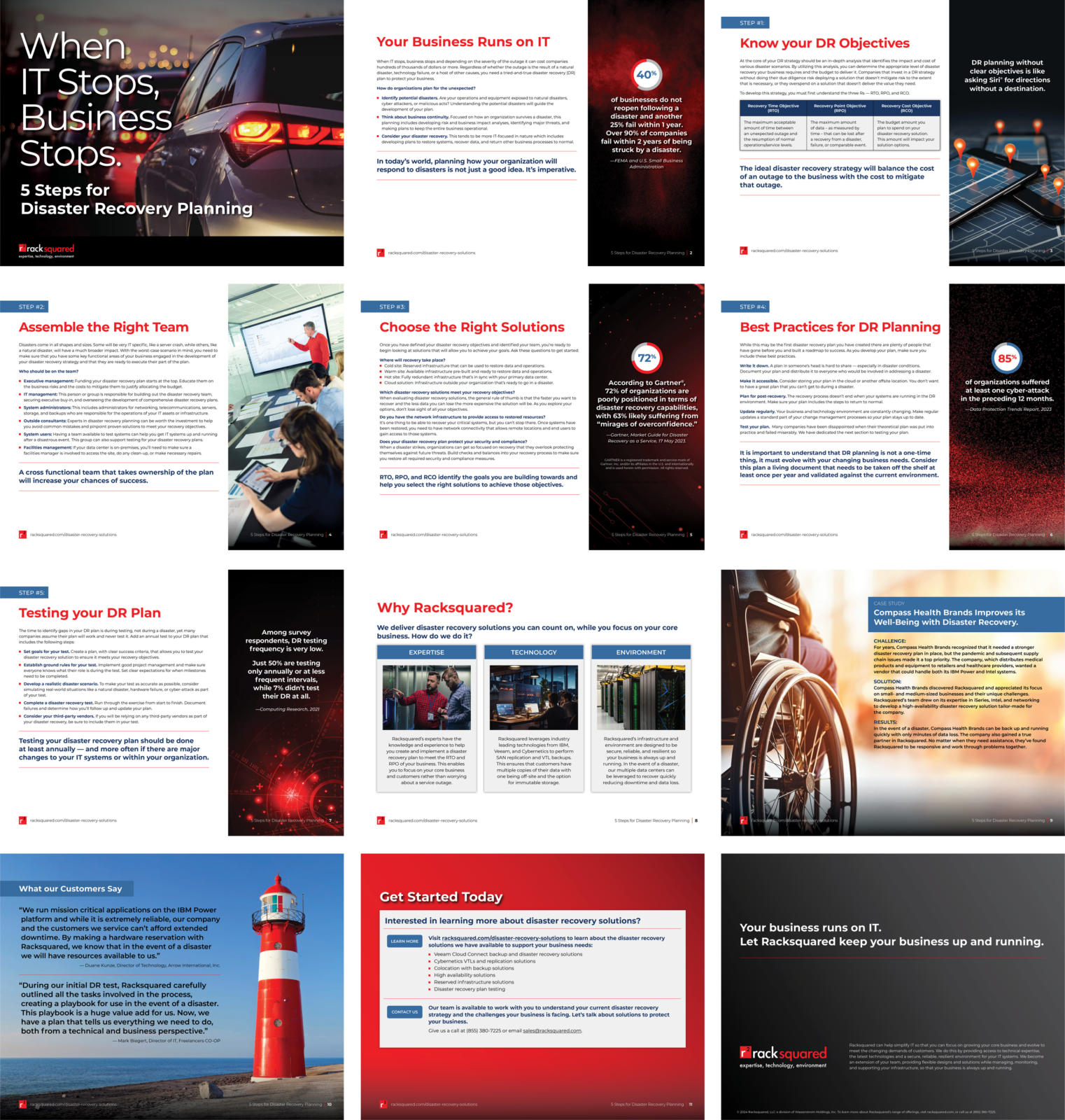Did you know that of all the millions of Google searches each day, they fall into just three basic types?
And those searches help define how Google looks at your website and can impact what visitors Google directs to your site.
Navigational, Informational, Transactional
- Navigational: when someone searches for “ESPN” by name, for example. Google sends the web visitor to the ESPN website. This is a very basic “where is this site” search.
- Informational: when someone searches for “how old is Taylor Swift?” Google finds the answer on a website, whether that’s Wikipedia or an entertainment or fan site.
- Transactional: when someone searches for a keyword or phrase like “what’s the best database software?” Google finds the answer from keywords or paid advertisement or a variety of other sources to send the visitor to the best website to answer the search query.
Combo Platter
“Your website’s traffic is a combination of all three different types,” explains Jeff Rose, DeLaune’s SEO and website specialist. “You will have people searching for your company website by name (navigational), wanting specific answers to questions (informational) and using keywords that can lead to interactions with your website (transactional).”
How can you make sure Google is sending you the “right” website visitors?
You Have the Power
“You actually can influence the visitors that Google sends to your website based on these three types of searches,” explains Rose.
Google evaluates all websites based on searches coming to the sites. Search Engine Optimization can help guide how Google perceives your website.
What Do You Want Visitors to Do?
While this seems like a basic step, there are many companies who haven’t decided what they want their website visitors to do.
- Do you want to encourage visitors to fill out Contact Us forms to turn into leads?
- Are you interested in getting them to read a blog?
- Do you want them to download a PDF from your site?
Once you know what you want website visitors to do, then it’s time to find out what the visitors are actually doing once they visit your site.
“Google Analytics and other website evaluation tools can tell you what pages and actions are the most popular with your current website visitors,” says Rose. “If most visitors are reading your blogs and you really want them to be downloading a PDF, perhaps you add a Call-to-Action button on the blog page encouraging them to download the document you want.”
Google Search Case Study
Rose tells the story about reviewing a company’s website that sold healthcare insurance.
“This company was getting a lot of people going to their site from asking Google, ‘where is a doctor near me?” says Rose.
Those people looking for a doctor were interested in a healthcare topic, but they weren’t interested in healthcare insurance.
Google was sending the wrong people to the website.
The company changed the content on their website and their metadata content to focus more on keywords like “healthcare insurance” and “insurance policies”. Since they wanted website visitors to contact them for more information about an insurance quote, they put Calls-to-Action on their website pages that drove visitors to a Contact Us form.
“All these changes helped drive Google searches from an informational base to a transactional base and helped turn website visitors to potential customers,” says Rose.
Tell Google What To Do
Google will try to send website visitors to the best possible place to answer their search queries: navigational, informational or transactional.
“Using keywords, content and CTAs, you can help tell Google who to send to your website,” says Rose. “You want your website to be the one Google immediately sends your target audience.”
You want to be the best in Googles’ eyes!
For more information on how to make your site more effective, contact us.




